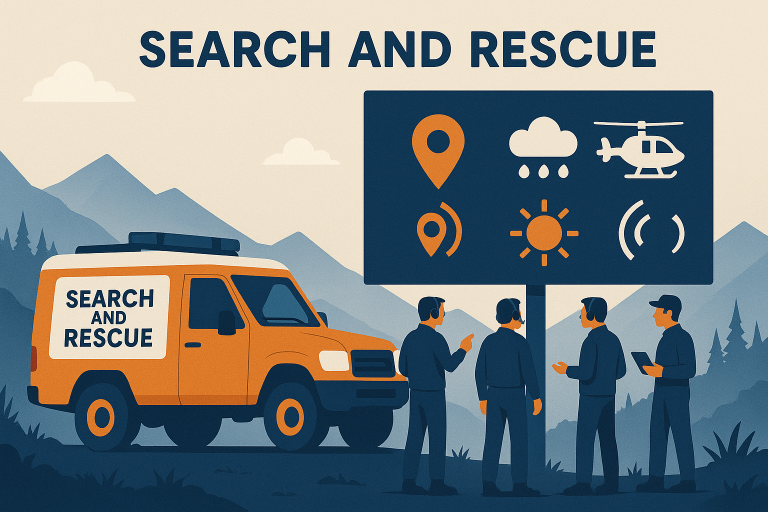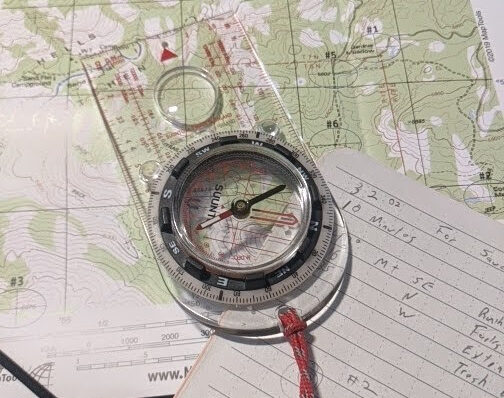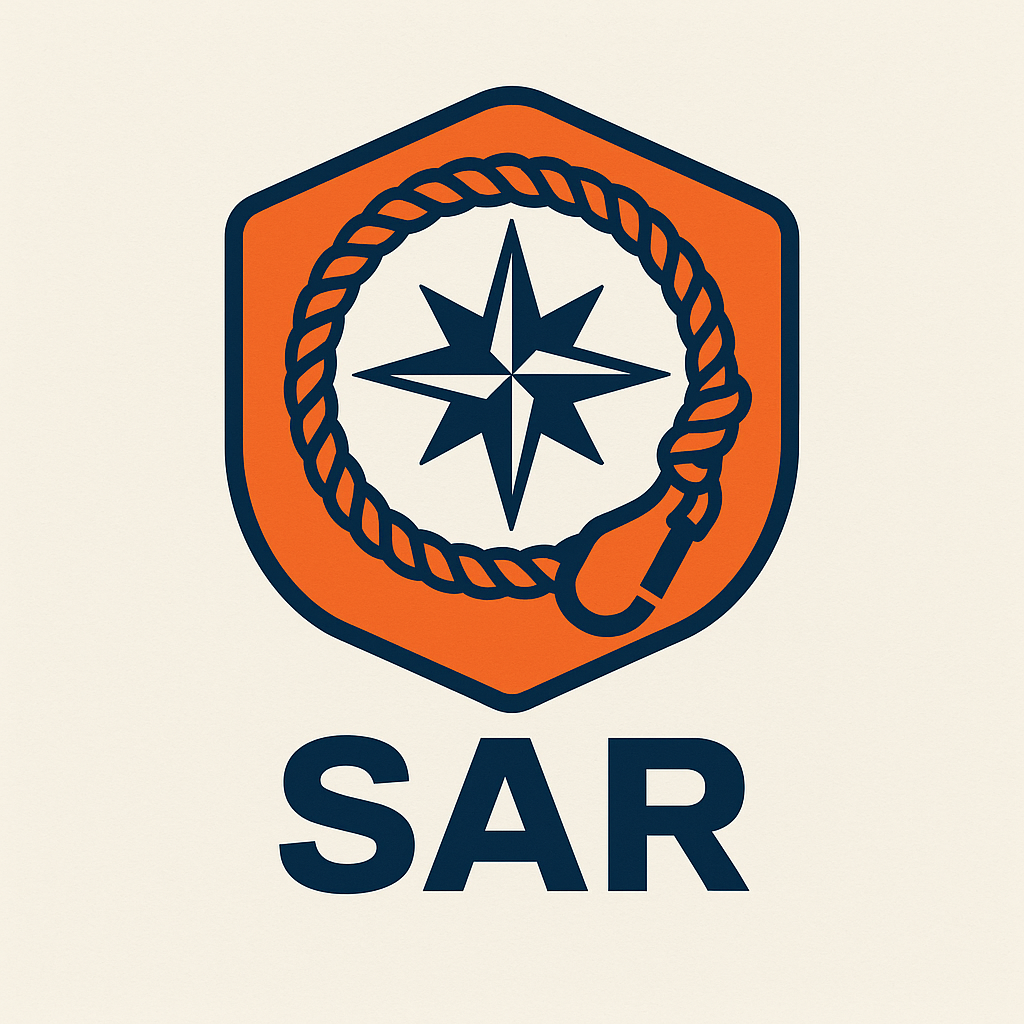
For a lot of people first being introduced to a Search and Rescue team one of their first questions is how does a Search and Rescue (SAR) mission work, how do you get called out and who is in charge? These are great questions and the goal is to try and answer those in this post. Now there is definitely variations and no two teams follow exactly the same procedure. Also there can be big differences between all volunteer teams who operate under state or county oversight vs the Coast Guard or other paid SAR teams. First let me give you an outline of how Search and Rescue Missions work from a high level.
Mission Startup
- Someone notifies emergency services, think 911, park ranger or emergency beacon.
- Emergency services collect information and evaluate the correct response.
- They decide they need the help of a SAR team to be able to help the individual.
- Notify SAR Team Lead and the SAR team starts to get spun up.
Search and Rescue Team Deployment
- Search and Rescue Team Mission Lead sends out a call-out to the team (Text, Email, Call, Specialized App)
- Team starts to meet at designated location with their standard 24 hour pack and prepare needed specialized gear and equipment if known.
- An early haste team may deploy before the rest of the team.
- Once more details are confirmed the rest of the team deploys to the staging area for the mission.
Staging
- The team meets at the staging area for the mission.
- The Mission Lead builds a plan and starts assigning teams to tasks.
- Mission Lead coordinates with local authorities and other available resources (air, k-9 etc) to lead the search.
Search
- As teams deploy they have dedicated zones they are methodically searching.
- Teams report back and areas cleared or any clues they may have found.
- Once the subject is found teams are called back and the Rescue/Recovery stage begins.
Rescue and Recovery
- Site lead evaluates where the person is located and what the needs are to get them out.
- Calls for appropriate gear, equipment and people to help.
- Teams will come in with the appropriate gear and help evacuate the subject and hand that person off to EMS.
Stand Down
- Once the subject is handed off the team cleans and repacks all the gear to be ready for the next mission.
- A debrief with the team is held to cover what went well and what was learned that could be improved.
Search and Rescue Mission Roles
Each mission has some consistent roles that keep the mission focused and on track. Sometimes one individual can fill more then one role and sometimes for large missions one role can be shared by several people. Here is a breakdown of those roles:
Mission Lead
The mission lead is generally responsible for keeping the mission on track and coordinating all the resources required for a successful rescue/recovery. In general they do not deploy into the field but rather interface with the local authorities to collect and evaluate the situation. They would put together small teams within the SAR team to do specific tasks and assign those roles. Most teams of specialty teams within them that they can hand off specific parts of a mission to. For example if Technical Ropes is required to effect a rescue the Mission lead may hand off the Technical Ropes planning to their Ropes team lead.
The missions lead job is to keep thing coordinated and keep a high level view of what all is going on and not get stuck in the weeds on a specific task. They would help organize the maps and zones that a search would happen in.
Scribe
Often times there can be a large amount of information flowing, more then the Mission Lead and consume or remember while planning the mission. In this case the Mission Lead might assign someone to be a scribe, who’s job it is to listen to radio communications and take notes of things that are happening for later reference. This person is really helping document and manage the backlog of information that needs to make it to the mission lead in a timely manner.
Communications
Most teams will have a dedicated person who helps to manage communications which primarily means radios traffic. This can often be the same person as the scribe, but in high traffic situations they will be at the staging location listening to traffic on multiple frequencies. This is important to have someone who can filter team to team traffic and team to staging traffic and make sure comms are organized.
Medic
Nearly all missions will have a team medic who is deployed generally with a haste team. While not all missions have a injured subject, a SAR team should always be prepared to help a subject and or team members who may experience an injury.
Other Info
Colorado Search and Rescue General Info: https://coloradosar.org/education


